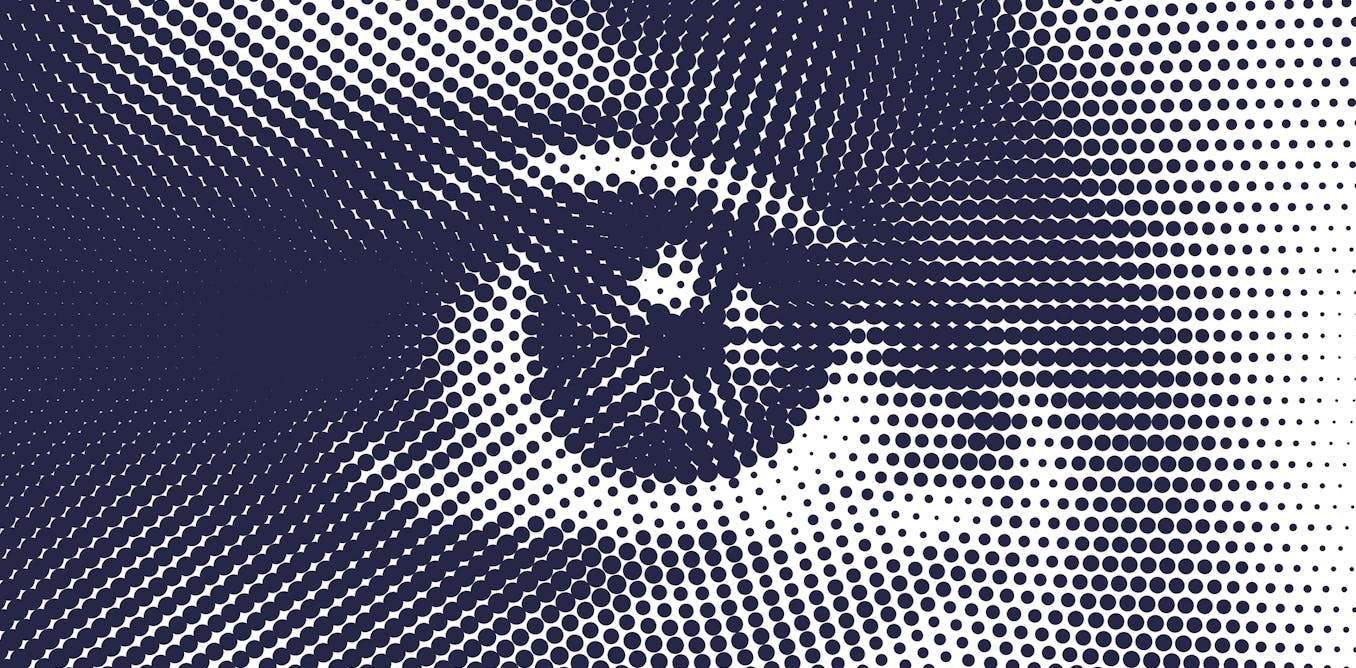We are constantly fed a version of AI that looks, sounds and acts suspiciously like us. It speaks in polished sentences, mimics emotions, expresses curiosity, claims to feel compassion, even dabbles in what it calls creativity.
But what we call AI today is nothing more than a statistical machine: a digital parrot regurgitating patterns mined from oceans of human data (the situation hasn’t changed much since it was discussed here five years ago). When it writes an answer to a question, it literally just guesses which letter and word will come next in a sequence – based on the data it’s been trained on.
This means AI has no understanding. No consciousness. No knowledge in any real, human sense. Just pure probability-driven, engineered brilliance — nothing more, and nothing less.
So why is a real “thinking” AI likely impossible? Because it’s bodiless. It has no senses, no flesh, no nerves, no pain, no pleasure. It doesn’t hunger, desire or fear. And because there is no cognition — not a shred — there’s a fundamental gap between the data it consumes (data born out of human feelings and experience) and what it can do with them.
Philosopher David Chalmers calls the mysterious mechanism underlying the relationship between our physical body and consciousness the “hard problem of consciousness”. Eminent scientists have recently hypothesised that consciousness actually emerges from the integration of internal, mental states with sensory representations (such as changes in heart rate, sweating and much more).
Given the paramount importance of the human senses and emotion for consciousness to “happen”, there is a profound and probably irreconcilable disconnect between general AI, the machine, and consciousness, a human phenomenon.



We’re in complete agreement here. Thermodynamics are the fundamental reason anything happens, and life exists within resolving energy gradients. The selection process favors organisms that use energy efficiently. This point is not being debated. What I’ve been saying here is that that’s only part of the picture, and efficient use of energy competes with other factors such as robustness, error recovery, and so on. Living organisms need to be able to survive in a complex and dangerous environment which creates a pressure for redundancy.
I’ve read a number of papers, and even reference a few here https://theunconductedchorus.com/
However, I’m always interested to read more on the subject. So by all means link the papers you’ve read.
Sure, and I’m not arguing that removing large portions of the brain is not going to cause cognitive deficiencies. The point being made is that they’re still able to function and retain much of the cognitive ability. It’s quite clear that the brain is able to route around the damage and compensate for it in many cases.
The original point we were debating here is what is the size and complexity of a biological neural network that starts exhibiting interesting properties that we would care about implementing in an artificial one. It’s clear that is smaller than the entire brain of a healthy human adult.
The total number of neurons and connections is significantly lower than primates, yet they are able to solve problems of similar complexity. In fact, crows exhibit abilities such as transfer learning which chimps do not.
Perhaps you should start by defining what you mean by complexity instead of just throwing the term around. I’m using it to mean the combination of the number of neurons and the connections between them.
You continue to attack his credentials, but you have yet to address what he says or what the original study of the patient suggests. You’re dismissing the results using an argument from authority here. Clearly, he’s qualified to have an opinion on the subject.
Make an actual argument to substantiate your position.
What ignorance have I spewed regarding human brain and AI. Please quote specific things I said that you’re referring to.